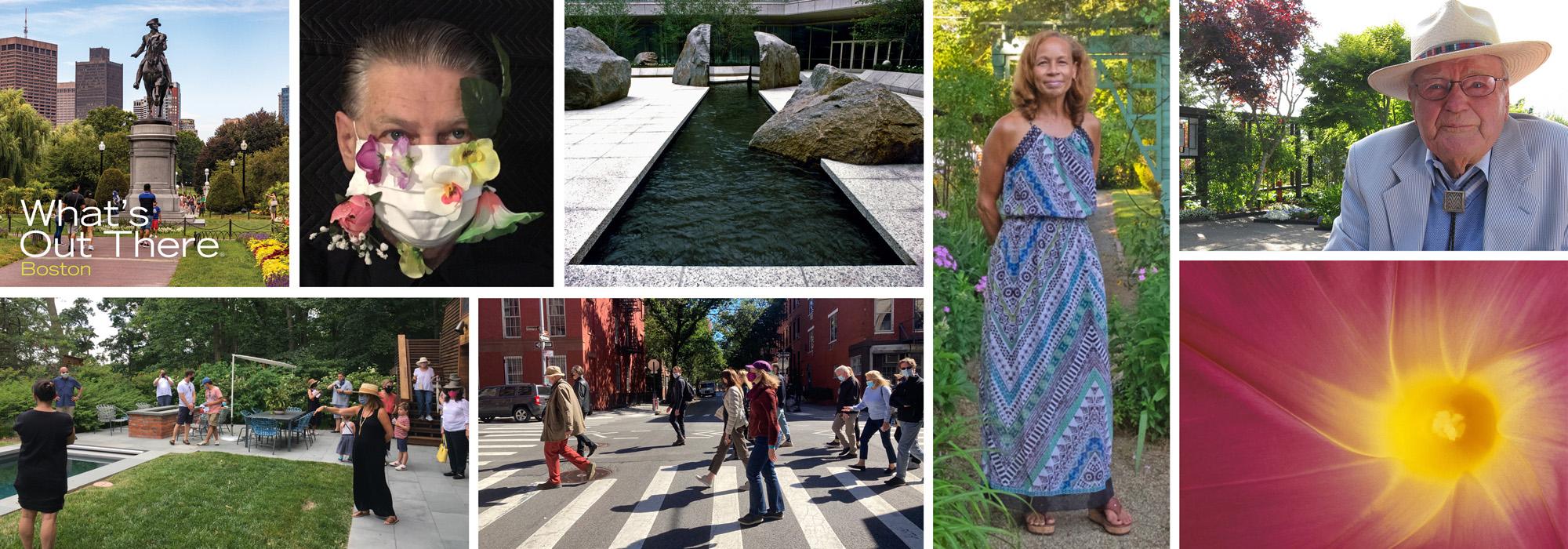2020: Looking Back and Moving Forward
This has been an enervating year for all of us. No one expected a pandemic would completely upend life globally, but it did; and, we have all had to adjust to new social norms, working remotely and finding calm amid the uncertainty. We at The Cultural Landscape Foundation (TCLF) did soldier on and there is much progress to report.
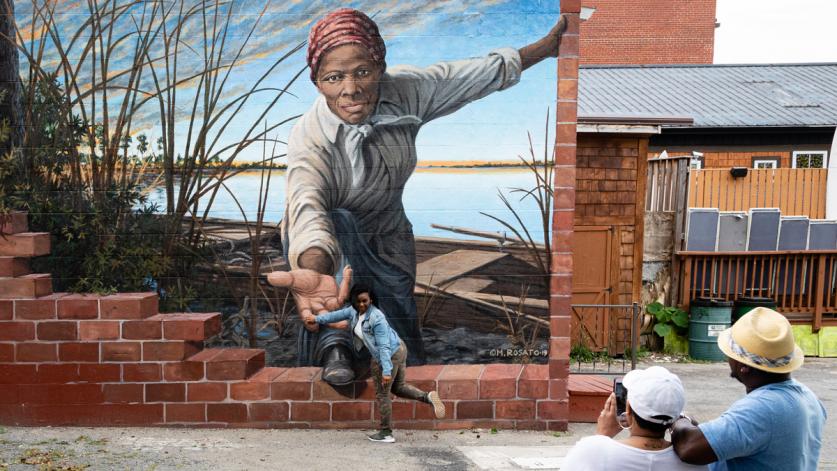
Since TCLF’s mission is to “connect people to places,” to say that a philosophical and programmatic shift was required would be an understatement.
The social unrest and the protests for racial justice we are witnessing have revealed deep divisions in our nation and exposed a profound lack of education and awareness about our own history; it has also prompted a great deal of soul searching along with calls for healing and reconciliation. In some key ways, this recalls the events of 1968, when marches, riots, and sadly, even assassinations seemed to signal that the fabric of the American democracy was unraveling. That unforgettable year was in many ways the flashpoint of struggles by generations of Americans to secure the personal liberty and equality promised but not yet delivered by their citizenship. Although the ensuing decades have undeniably brought progress on many fronts, the present moment, too, is rife with upheaval and social division—a sign of how far we have yet to go on our journey toward “a more perfect union,” despite how far we have come.

This year has witnessed the surfacing of long neglected and largely unknown stories about cultural landscapes associated with African Americans. Some are known, while many are invisible; others have been erased. Through the What’s Out There database and Landslide, TCLF has focused on a number of sites associated with civil and human rights, but much more needs to be done.
Consequently, we wish to announce that “Race and Space” will be the unifying theme for TCLF’s programmatic agenda beginning in 2021. To that end, as an education and advocacy organization, we will make visible, instill value and engage the public in these myriad cultural landscapes that collectively convey who we are, where we came from, and where we are going as a nation. TCLF is committing to a comprehensive, ongoing effort across all of our programming and advocacy initiatives to reveal the stories of these largely unrecognized cultural landscapes and lifeways. We believe this work is essential and requires lasting attention.
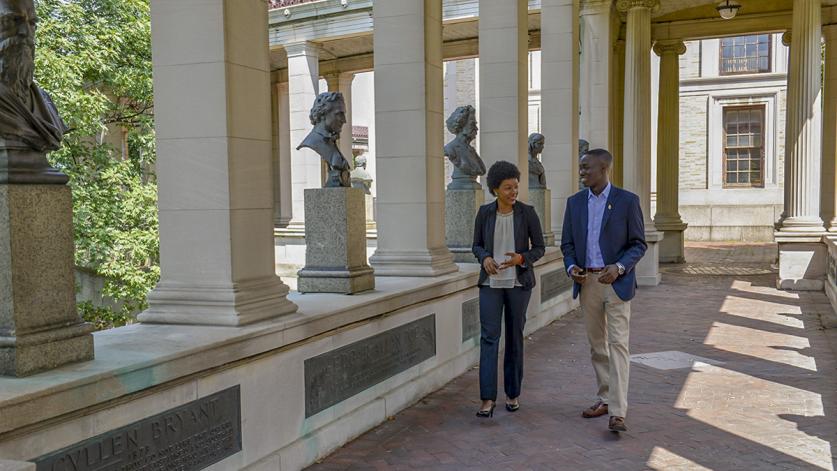
We are also pleased to report that generous benefactors – TCLF board co-chair Joan Shafran and her husband Rob Haimes and TCLF board member Trey Trahan with Trahan Architects – have offered to match dollar-for-dollar for the first $50,000 in donations made to TCLF as part of this annual appeal that will be dedicated to this ongoing initiative.
As places that have been affected, influenced, or shaped by human engagement, cultural landscapes can anchor the collective memories of our national failures and triumphs, reminding us of the lessons from a past in which the basic rights we now take for granted were publicly tested and contested. Many of these landscapes and the stories they can tell face daily threats to their legibility or outright erasure.
Please give now. Your support is vital and the first $50,000 in donations received will be matched dollar-for-dollar.
With that, here’s an overview of the year 2020:
Online Growth: TCLF’s website has seen unprecedented, explosive growth in 2020, up nearly 100%.
Landslide, our annual thematic report about threatened and at-risk landscapes, continues to be one of our most high-profile and effective initiatives. Landslide 2020: Women Take the Lead, organized on the centennial of women securing the right to vote, covered a century of landscapes designed by women such as Dumbarton Oaks Park in Washington, D.C. by Beatrix Farrand, the Lynchburg, VA garden of Harlem Renaissance poet Anne Spencer, and John F. Kennedy Memorial Park in Cambridge, MA by Carol R. Johnson. An extensive, illustrated online exhibition accompanied by more than twenty richly edited videos replaced a planned traveling photographic exhibition.
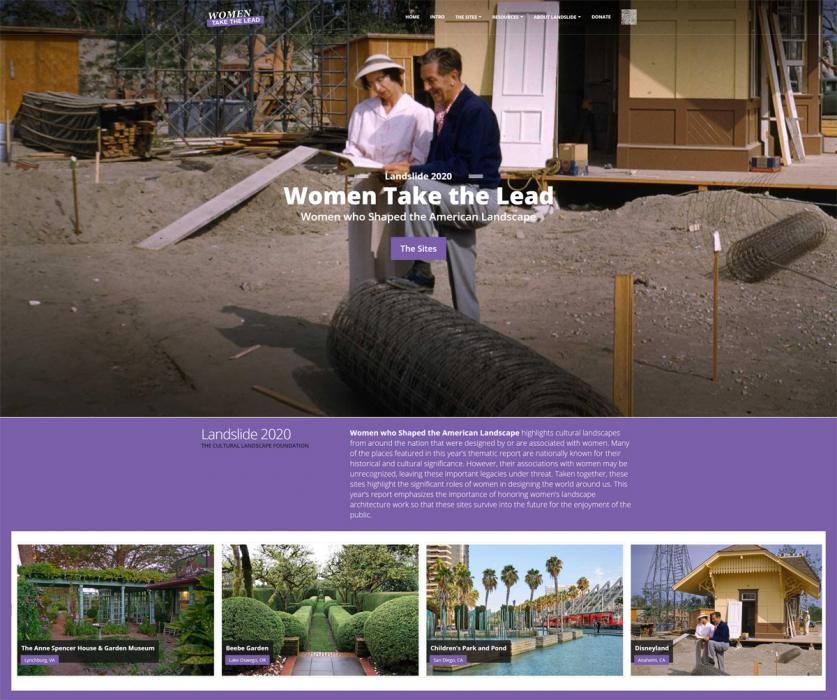
Advocacy efforts for at-risk sites continued, including: the Hirshhorn Museum’s Sculpture Garden; the Weyerhaeuser Campus in Washington State; Bears Ears, Grand Staircase-Escalante in Utah; Boundary Waters in Minnesota; the McGinley Garden in Milton, MA; Olmsted’s Jackson Park in Chicago; and numerous others; meanwhile, MARABAR in Washington, D.C.; Union Bank in Los Angeles, CA, the Appalachian Trail, Sanctuary Woods in Wauwatosa, WI, the Cadbury Factory near Liverpool, and Dolphin Square in London, UK were saved.
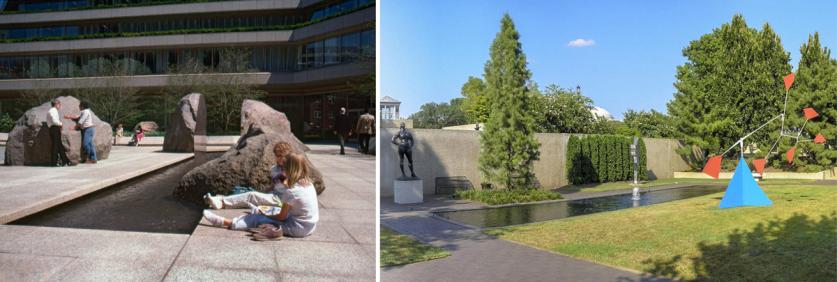
What’s Out There: the database of North America’s cultural landscapes surpassed 2,100 sites including sites designed by women such as Susan Child, Genevieve Gillette, Mary Miss, and Martha Schwartz; a research fellow in Ohio increased the sites from that state; Boston grew to 68 sites and we published What’s Out There Boston.
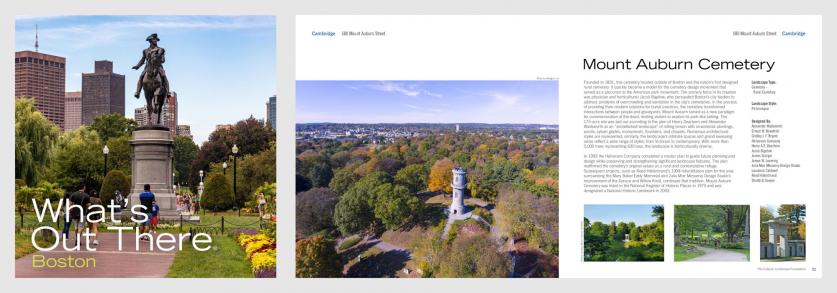
Pioneers Oral Histories launched about the late Modernist Bay Area landscape architect Robert Royston and editing is underway for one about Southern California-based landscape architect Pamela Burton; of note, oral history subject Joseph Yamada passed away earlier this year.



